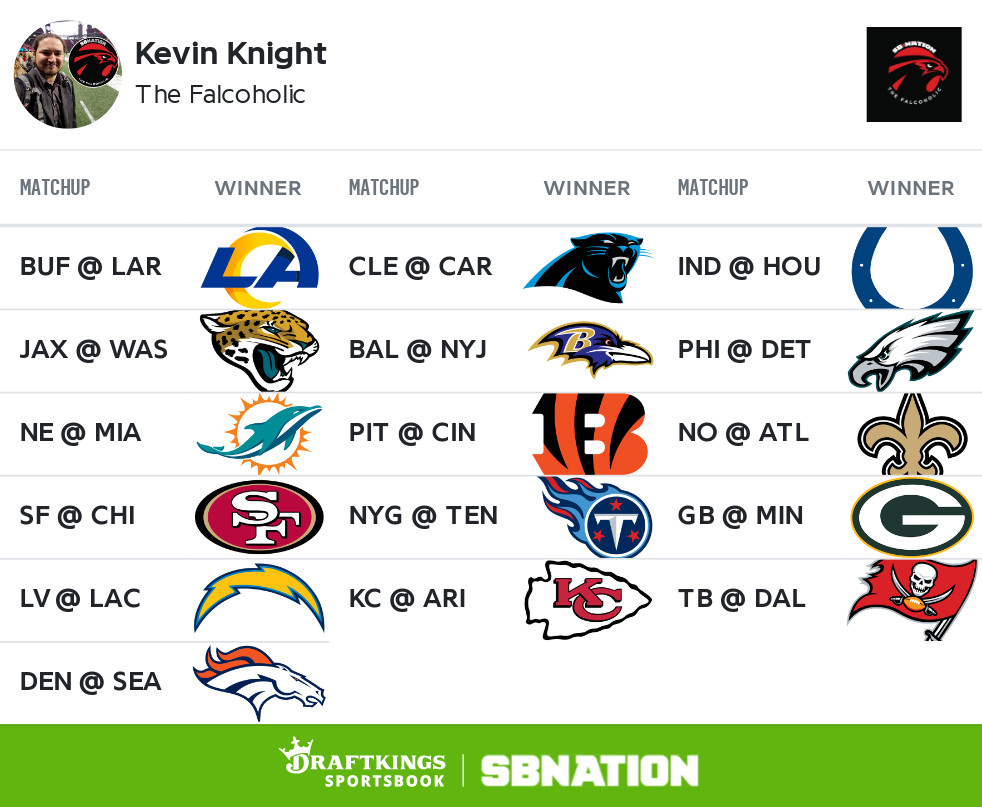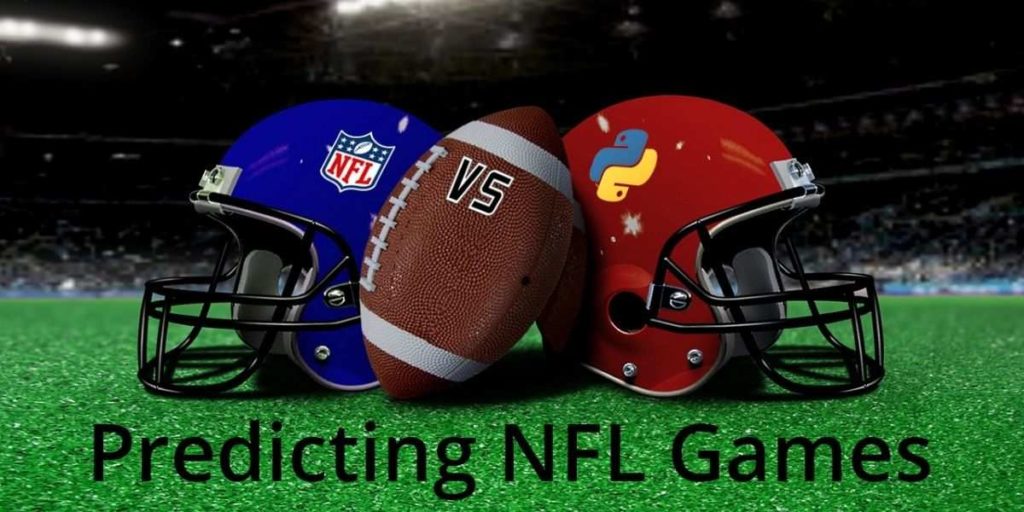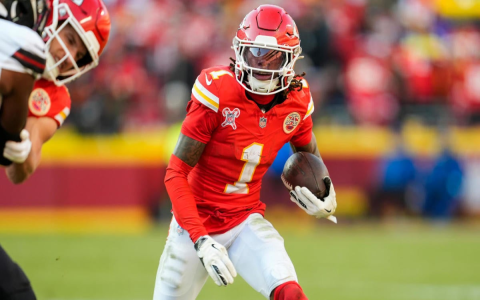Okay, here’s my rundown of building an NFL predictor, just like I promised. Keep in mind, I’m no expert, just a regular guy sharing what I learned along the way.

So, the whole thing kicked off because I was tired of losing my fantasy football leagues. I mean, seriously, my gut feelings were just plain wrong. I thought, “There’s gotta be a better way!” And that’s when I started looking into building something that could actually predict NFL game outcomes.
First Things First: Data, Data, Data!
You can’t build a predictor without data, right? So, I spent a ton of time scraping websites. Pro-Football-Reference became my best friend. I grabbed everything I could get my hands on: team stats, player stats, past game results – you name it. It was a real pain, honestly. I had to figure out how to get the data in a format that I could actually use. Lots of cleaning involved using Python and Pandas. It was messy, but I got there eventually.
Picking a Model: Where Things Got Tricky
Okay, so I had all this data. Now what? I knew I needed some kind of model. I messed around with a few different ones. I tried linear regression at first because it seemed simple enough, but the results were terrible. Then I read about logistic regression, which seemed better suited for predicting wins and losses. I gave that a shot, and it was a little better, but still not great.
Honestly, I spent a bunch of time just reading articles and watching YouTube videos about different machine learning models. It was like learning a whole new language! Eventually, I settled on a Random Forest model. I liked that it could handle a lot of different features without getting too hung up on any single one. Plus, I found some good examples online that I could adapt.
Feature Engineering: Making the Model Smarter
This part was actually kind of fun. It’s where I tried to figure out what factors really mattered in predicting a game. I started with the basics: points scored, yards gained, etc. But then I started getting more creative. I added things like:

- Win percentage over the last three games
- Home field advantage (gave the home team a slight boost)
- Turnover differential
- Strength of schedule (this was a tough one to calculate!)
I even tried adding some more subjective features, like “momentum,” but I couldn’t really figure out how to quantify that in a useful way.
Training and Testing: Seeing if It Actually Worked
Okay, so I had my model and my features. Time to see if this thing could actually predict anything! I split my data into a training set and a testing set. The training set was used to “teach” the model, and the testing set was used to see how well it had learned. I used scikit-learn for this, which made things a lot easier.
The first few times I ran it, the results were… disappointing. The model was only right about 55% of the time. That’s barely better than flipping a coin! I spent a lot of time tweaking the features, adjusting the model parameters, and trying different things to improve the accuracy.
The Results (and What I Learned)
After a lot of trial and error, I finally got the model up to around 65% accuracy on the testing set. That’s not perfect, but it’s a lot better than I started. And honestly, I learned a ton in the process.
- Data cleaning is way more important than I thought.
- Feature engineering can make or break your model.
- Machine learning is hard, but it’s also really cool.
What’s Next?
I’m still working on it! I want to try adding more data sources, like player injuries and weather conditions. I also want to experiment with different models and see if I can get even better accuracy. Maybe someday I’ll even be able to beat the Vegas odds! But for now, I’m just happy that I built something that can at least make my fantasy football picks a little bit smarter.

That’s my nfl predictor journey, hope you found my sharing helpful and learned something new!












